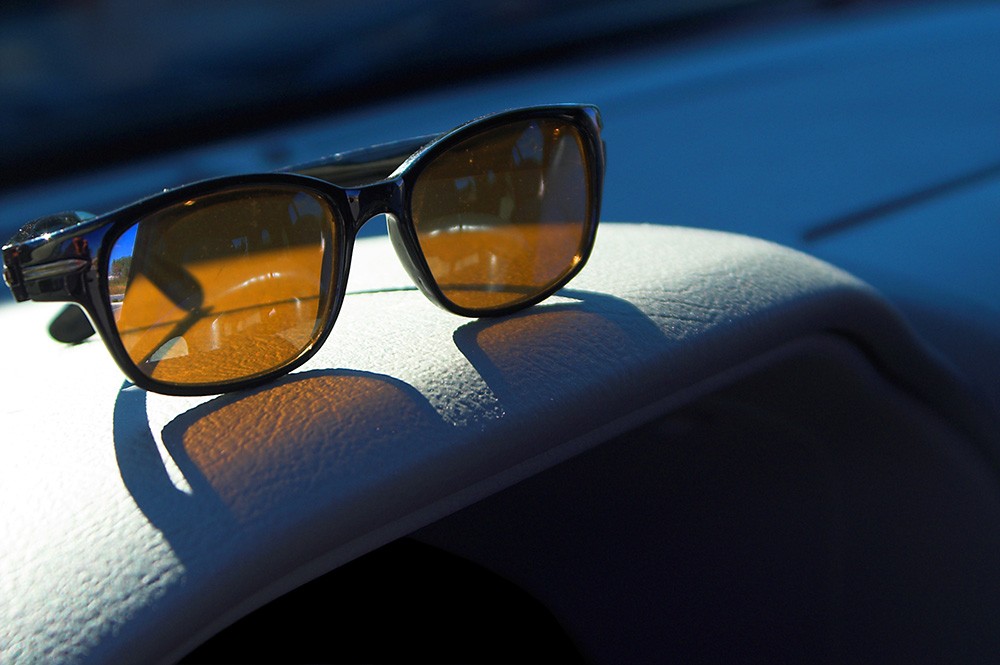
That big yellow glow in the sky causing some eye strain after a long gray winter? Could be time to invest in a new pair of cool shades.
The challenge is glare and the solution is UV protection to prevent strain and possible vision damage.
Sources of glare are all around drivers--windows from other vehicles, streets, driving near bodies of water. Polarized lenses are designed to reduce glare reflected off of other surfaces.
The highest clarity of polarized lenses usually is found in glass lenses used by professionals such as pilots.
According to a study done by the American Optometric Association. almost half of all consumers do not check the level of UV protection when purchasing sunglasses. Exposure to the sun’s UV rays can cause eye as well as vision problems.
Sunglasses should block 99 to 100% of both UV-A and UV-B rays, the AOA stated. For people who wear contact lenses with UV protection, the AOA also recommends wearing sunglasses for added protection.
The AOA study underscored the effects of UV radiation. Long-term exposure can lead to cataracts, age-related macular degeneration, cornea problems and even cancer near the eye or eye itself.
AOA suggested drivers choose lenses that offer gray tint because they provide the best color recognition.
Experts also recommend regular cleaning of your sunglass lenses. Oils from your hands and other contaminants such as smoke can coat the lenses and impede vision.
A word of warning: Some glass cleaners contain harsh chemicals and damage the anti-reflective coating of the glasses. A safe alternative involves running warm water over the lenses and wiping them off with a microfiber towel, experts suggest.
Follow these recommendations from experts when buying and cleaning your sunglasses.
- Use warm water to rinse glasses and dry them with a microfiber towel.
- Avoid lens scratches by using clean towels especially if you have removed heavy soil.
- Choose polarized lenses to reduce glare.
- Clean the inside and outside of vehicle cabin windows to reduce glare. Use window cleaners designed for vehicles; ammonia-based fluids tend to cause streaks.
- Select sunglasses that block 99 to 100% of both UV-A and UV-B rays.
- Use sunglasses even if your contact lenses also offer UV protection, these should be worn with sunglasses to maximize protection.
- Check if the frame of your sunglasses fits close to your eyes and contours to the shape of your face. A correct fit prevents exposure to UV rays from the sides and behind your head.
- Inspect sunglasses to make sure they are perfectly matched in color and do not have any distortions or imperfections that can strain vision. Lenses should show a uniform tint.
- The AOA suggests a gray tint, which is particularly helpful when driving as it offers the best color recognition.
- Remember, children's eyes are more vulnerable since they are more transparent than an adult's eyes. The AOA recommends getting kids into the habit of wearing sunglasses.
Copyright © 2024 by Sensible Driver. All rights reserved.



